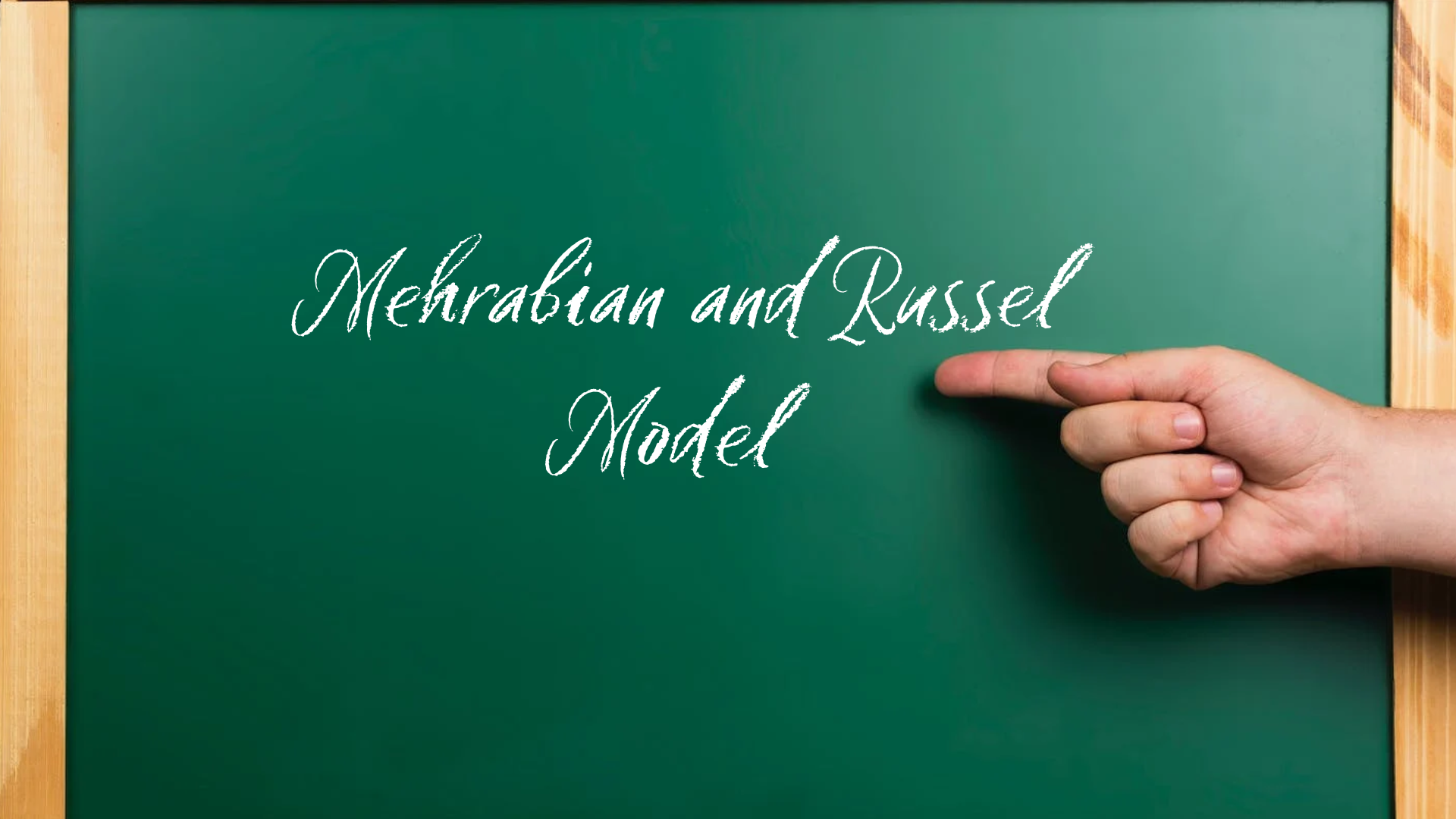The Mehrabian and Russel Model (1976) applied to Hayward Miller.

The Mehrabian and Russell model (1976) was produced to describe the relationship between a consumer’s environment, and the effect this environment has on their emotional state. Ultimately the model was measuring their decision to buy a product. I first touched upon this model at university in a Consumer Behaviour module.
The model describes the relationship between environmental stimuli, the consumer’s emotional state and then the effect this has on their response. I will be applying the model to the process of a Hayward Miller pitch. This is limited as the model was originally developed to describe the B2C relationship, most commonly the supermarket environment, but it can be applied to Hayward Miller’s B2B processes, especially when we pitch to prospective clients. The model states there are three emotional states, Pleasure, Arousal and Dominance (PAD) and when combined with environmental factors they affect the decision of the customer.
Pleasure/Displeasure-describes the happiness or satisfaction with the stimuli. In the case of Hayward Miller this would be the setting of the pitch, the person pitching, their appearance etc.
Arousal/non-arousal- refers to the alertness or excitement evoked by the stimulus. In the case of Hayward Miller this would be the knowledge and presentation skills that engage the listener. Or how passionate they come across to the prospective client.
Dominance/submissiveness- captures the extent to which the individual controls or is controlled by the stimulus. In Hayward Miller’s case was the pitch so professional and engaging that the prospective client feels. This will then determine how in control of the decision the client feels.
Now as mentioned earlier this model was originally made to describe a consumer’s behaviour in a B2C environment so the validity of this blog is limited, however in the case of Pitching Hayward Miller to a
new business I feel it is apt. As well as this the model was developed in the 1970’s and so it could be argued to be outdated and not relevant in today’s world.
If this blog has inspired you I advise you to read consumer behaviour by Sethna and Blythe (2019) which looks at a number of models and theories used to describe consumers and their behaviours and how
you can get your customers to connect with your business. The Mehrabian and Russel model (1976) can be seen below.
By Dan Wright

